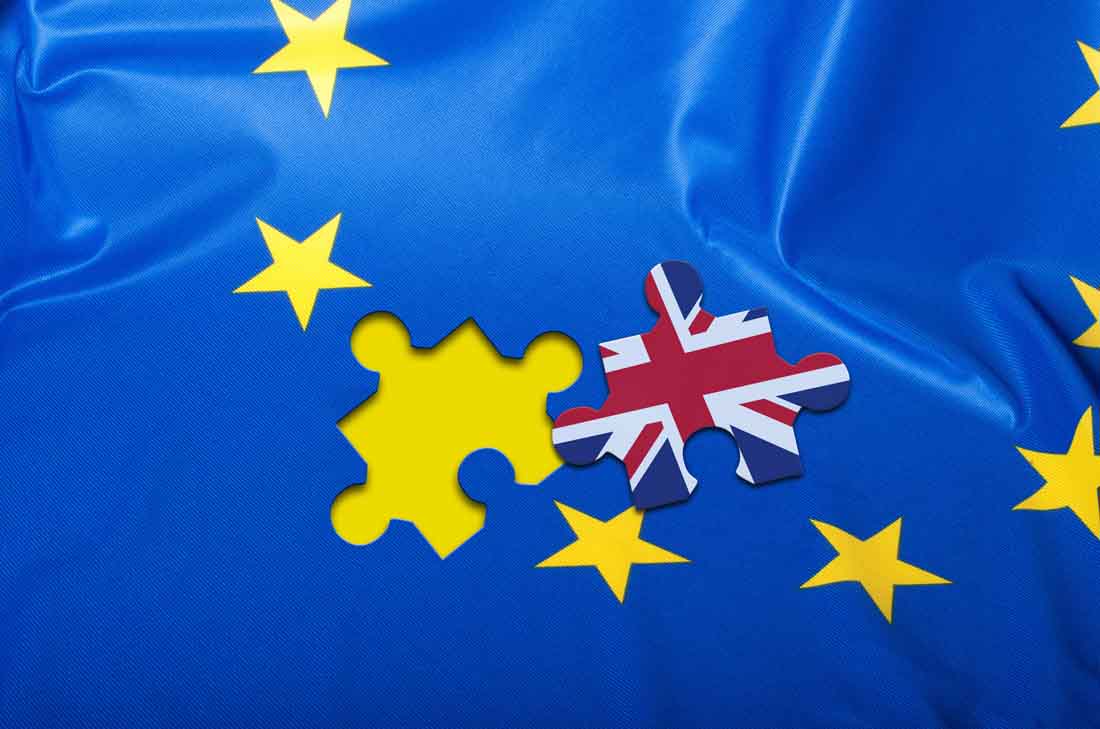01
July 2016
Brexit: Single Market Explained
Since it was revealed that the UK voted in favour of leaving the EU, a lot of noise has been made about future access to the single market and the associated economic benefits. But what exactly is the single market, and what does access to it mean?
What is the single market?
The single market (also known as the European internal market) is a system that allows for the free movement of goods, services, capital and workers between countries within the European Union.
This is facilitated largely by the absences of tariffs and taxes on imports and exports so that, in theory, selling something made in London to a buyer in Hull is no more difficult or expensive (bar transport costs) than selling the same product to a buyer in Paris.
Access (or better, full access) to the European single market is a key benefit of EU membership, giving manufacturers and producers access to a huge pool of consumers throughout Europe.
According to a Treasury report, trade in services among EU member states was around 16% higher than it would have been in a fully free trade area, and trade in goods was almost 75% higher.
What does full access require?
The big question, now that the UK has voted to leave the EU, is how to retain as many as possible of these trade benefits, without retaining full EU membership.
In his article in the Telegraph published a few days after the results of the referendum came out, Boris Johnson claimed, following exit negotiations, that:
“British people will still be able to go and work in the EU; to live; to travel; to study; to buy homes and to settle down. As the German equivalent of the CBI – the BDI – has very sensibly reminded us, there will continue to be free trade, and access to the single market.”
Now this looks a lot like the deal we currently have, so how do we achieve this without remaining full members?
Full access to the single market is predicated on the ‘four freedoms’ of the EU:
1. Free movement of goods
2. Free movement for workers
3. Freedom to provide services
4. Free movement of capital
In a joint statement released on Wednesday, the heads of states for the 27 EU member states made it clear that: “access to the Single Market requires acceptance of all four freedoms.”
Freedom of movement for workers is an important one here, given the focus that was placed on immigration from some members of the Leave campaign, although since the result’s announcement, some implied claims about future limits to immigration have been rowed back from.
Article 50, the clause in the Lisbon Treaty that formally begins the two-year exit negotiations, has not yet been triggered. As such, formal negotiations have not yet begun and no one can say for sure what kind of deal we would be able to get. However, it has been made clear by European Commission president Jean-Claude Juncker that no “nuances” would be permitted with regard to the basic terms of EU membership – seemingly contradicting Boris Johnson’s claims.
EEA and the Norwegian Model
There has been a lot of talk about the ‘Norwegian model’ as an alternative to EU membership that offers the economic and trade benefits that made full membership attractive to many.
What this refers to is the European Economic Area (EEA) agreement, an agreement signed in 1994 that allows countries like Norway, Iceland and Liechtenstein to enjoy the full economic benefits of EU membership including single market access in return for adherence to various associate EU rules and regulations.
Ben Southwood at the Adam Smith institute, a libertarian thinktank, explained this option as follows:
"In one line, the EEA is economic union without political union. So when you are in the EEA you agree to abide by all of the regulations in the single market, and in exchange you have full single market access – including financial passports.
"But we don't have to accept our courts being subordinate to higher authorities, we don't have to accept the common fisheries policy, we don't have to accept the common agricultural policy, and we can sign trade deals with the rest of the world"
The problem with this is that the EEA option would still involve accepting all ‘four freedoms’ including the contentious freedom of movement. And more importantly, it means accepting many of the EU’s regulations without actually having any say in forming them – this is a big problem given that a large part of the campaign to Leave was based on issues with sovereignty and the democratic deficit within the EU.
Nonetheless, this option is considered to be a fairly reasonable compromise given the situation. As Southwood explains – if (as he believes is the case) we must choose between effective recession with reduced freedom of movement; and economic survival and prosperity with some freedom of movement, the latter is clearly the preferable option.
What happens next?
Exactly how the negotiations over the next few years will pan out, no one can really say. David Cameron has previously said that he would “guide very strongly against” the Norwegian model, but now that he is out of the picture, it is up to the next Conservative leader and Prime Minister to make a case during negotiations.
Boris Johnson has also now officially pulled out of the Conservative leadership race, and so his plans will matter less.
All we do know is that whoever does take up the leadership mantle will be the one to decide when to trigger Article 50, and to decide which options to take to the table when debating exit terms – a very large responsibility indeed.





